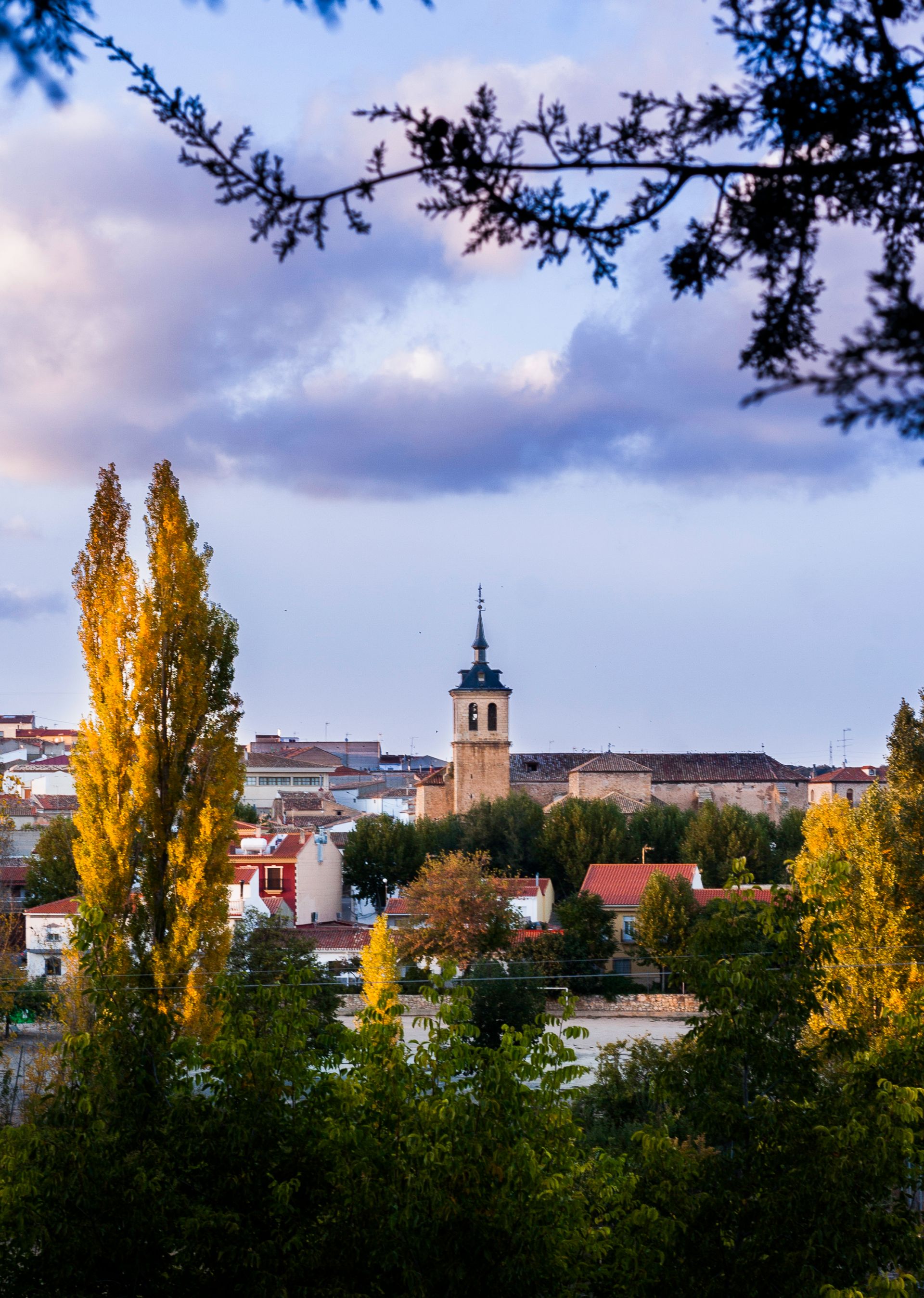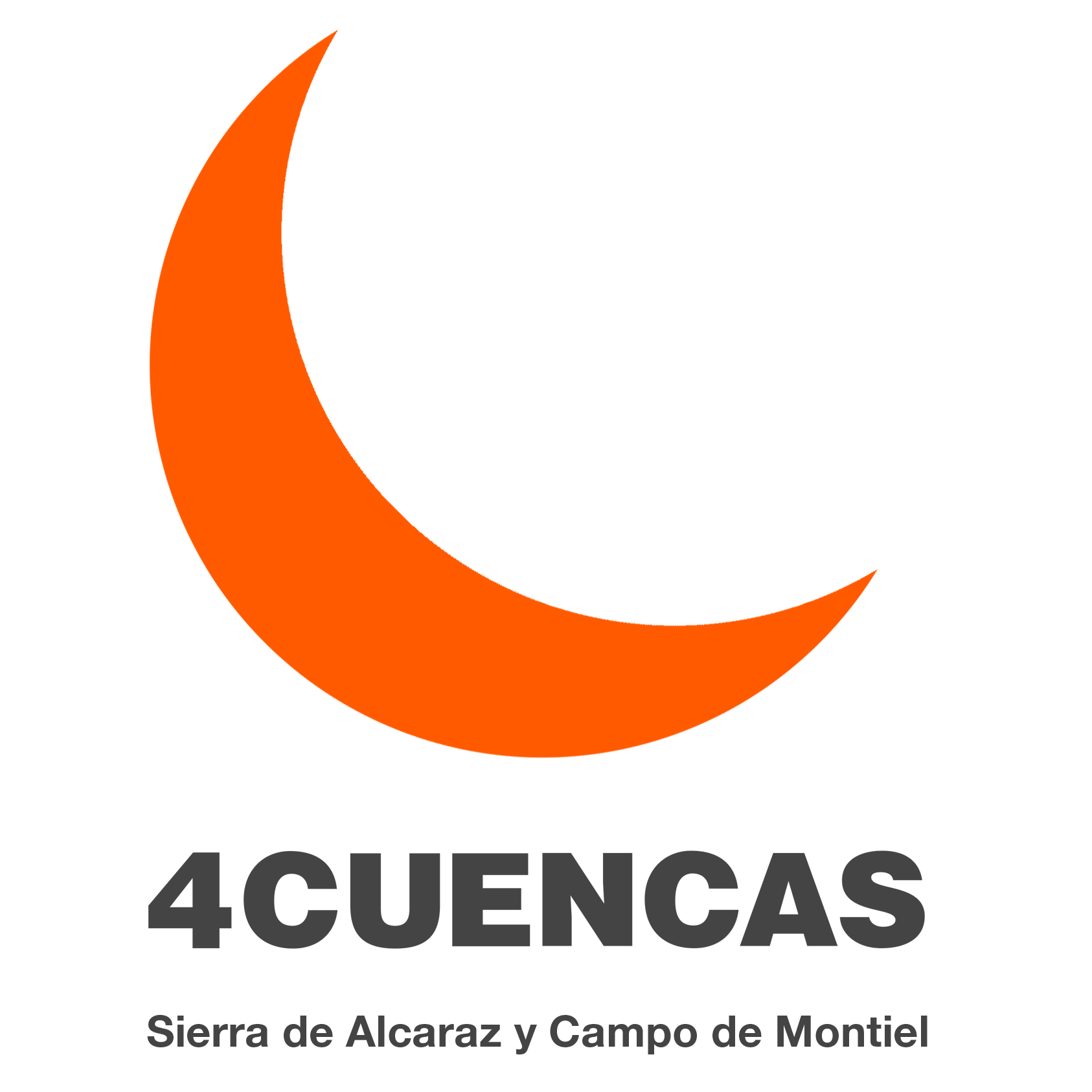Protected Areas
We are the region with the highest number of protected areas in Castilla La Mancha

Micro-reserve
Estrecho del Hocino
Protected Area
This small natural area is crossed by the road that used to link Salobre with Reolid and which is now cut off, providing a pleasant walk along the river Salobre.
On both sides of the gorge formed by the river Salobre, as it passes between the hills of Hocino or Navaza, the presence of the elusive otter and the mountain goat, a species that proliferates in the area and is one of the attractions of the place because it is easy to see and photograph. Birds will also be a pleasant sight on our walks along a road that has been closed to traffic and along which we can comfortably explore the area.
Natural Park
Lagunas de Ruidera
Protected Area | Red Natura 2000
The tuffaceous barriers are undoubtedly the main asset of this natural area. There are fifteen lagoons of great beauty between the provinces of Albacete (to which most of them belong) and Ciudad Real. The lagoons arise along the Pinilla river, and are connected by tuffaceous barriers that form waterfalls linking the upper lagoon with the next one below.
More than 250 species of vertebrates inhabit the park, especially water birds. Birds of prey also play a leading role in this area, and although they are more difficult to see, if we pay attention we will be able to see the Iberian imperial eagle.
Natural Monument
Laguna del Arquillo
Protected Area | Red Natura 2000
The Laguna del Arquillo is a Natural Monument of karstic origin, located in the southwest of the province of Albacete. Its isolated location makes it unique, and it is part of the Don Quixote Route. It can be reached by the Masegoso road, or by passing through Los Chospes.
The lagoon dominates the landscape, from where you can enjoy its peaceful waters, whose colour changes from whitish to blue as the day goes by. The vegetation that colonises the lagoon is of great botanical interest. The water lilies floating in the water add to the beauty of the lagoon's natural complex, as well as providing habitat for the San Antonio frog and the leprosy tortoise. Grasses and meadows surround its margins, making it ideal for fishing and picnics.
Natural Reserve
Los Ojos de Villaverde
Protected Area | Red Natura 2000
The Laguna de los Ojos de Villaverde, together with the Laguna del Arquillo, forms part of the group of wetlands of karstic origin in the province of Albacete. Aquatic vegetation colonises the shores and the bottom of the lagoon, as well as the ponds, the eyes and the channels.
Its plant formations and surroundings provide shelter and food for a rich and varied bird life, with populations of herons, harriers and Iberian eagles, among other species that use the wetland as a nesting, refuge or feeding area. It also stands out for its diversity in amphibians and reptiles, being one of the few places in the province where we can see the San Antonio frog.
Micro-Reserve
Salinas de Pinilla
Protected Area
From this salt mine, already in use in the Middle Ages, the fauna and flora grown in a saline environment, as well as the traditional installations, are of interest. A new species of halophilic plant has recently been discovered.
The large basins, built with dry stone and mud dykes, allowed the stagnant water to dry out and the rock salt formed at the bottom to be removed. In the rafts we find submerged meadows and on land, albardinales. But the most interesting plants are the recently classified Limonium Pinillense and Althenia Orientales, the rarest and most endangered of the plants that grow in saline environments.
Natural Park Calares
del Mundo y de La Sima
Protected Area | Red Natura 2000
Straddling the Sierras de Alcaraz and Sierra del Segura, there are three municipalities in our region that have land in it: Vianos, Cotillas and Villaverde del Guadalimar.
The uniqueness of this natural space is due to the fact that it is located in a transition zone between large floristic areas whose differences determine the soil and climate. Up to 1,600 botanical species inhabit the Park, making it one of the most biodiverse in the Peninsula. Of these species, 35 are endemic species with a high degree of protection. The fauna is also very important. Approximately 200 species of vertebrates inhabit the Park, of which more than 100 are birds.
What really defines and stands out in the Calares del Mundo Natural Park is its geology. Outstanding on the outside are the dolines, one of the areas with the highest density of this geological form, with more than 960. Poljes such as the Cañada de los Mojones, or the one formed by the headwaters of the Mundo River.
Sierra del Relumbrar
Red Natura 2000
Sierras located in the eastern foothills of Sierra Morena, in its transition to the Sierra de Alcaraz. It is of great conservation interest because it has one of the two main breeding populations of Iberian lynx in the territory of Castilla-La Mancha.
Also important is the presence of two of the most endangered birds of prey in Spain, the imperial eagle and Bonelli's eagle. These, together with the presence of other birds of prey, make this area one of the best in Castilla-La Mancha for the observation of birds of prey.
El Bonillo Steppe Zone
Red Natura 2000
It is located in a natural continuation of the Campo de Montiel region, in the west of the province of Albacete, between the municipalities of El Bonillo, El Ballestero, Alcaraz and Viveros.
The characteristic landscape of this area is made up of large, treeless expanses of flat land used for cereal cultivation or pasture. They constitute a habitat of great importance for steppe birds.
La Molata & Los Batanes
Protected Area
The rivers Escorial and La Mesta, at their confluence with the river Alcaraz, form a landscape of reliefs, ravines, limestone walls and waterfalls of great scenic beauty.
Walls of rock that seem porous due to the effect of erosion, around which grow plants that are exclusive to the province of Albacete, such as the Coincya rupestris and the carnivorous Pinguicula mundi. In the waters of its rivers still live the autochthonous crab. And its walls are home to the peregrine falcon, the eagle owl or the endangered Bonelli's eagle.




































